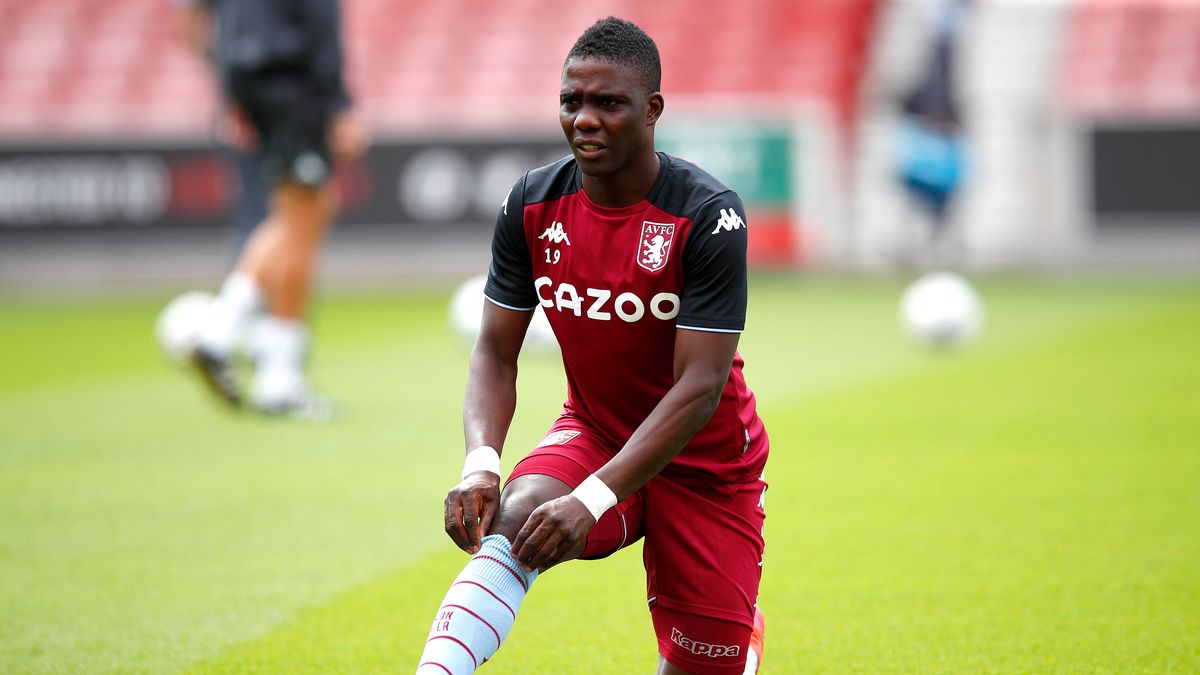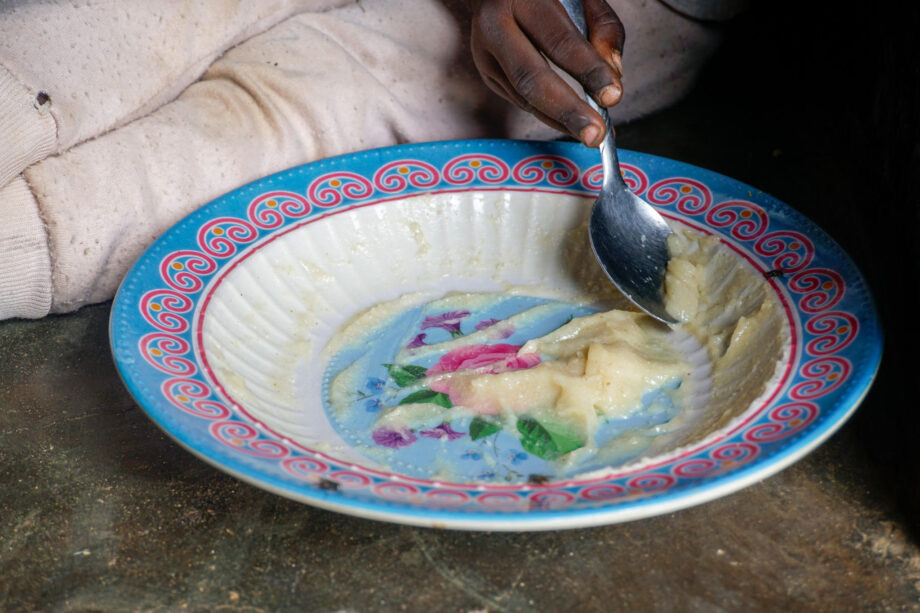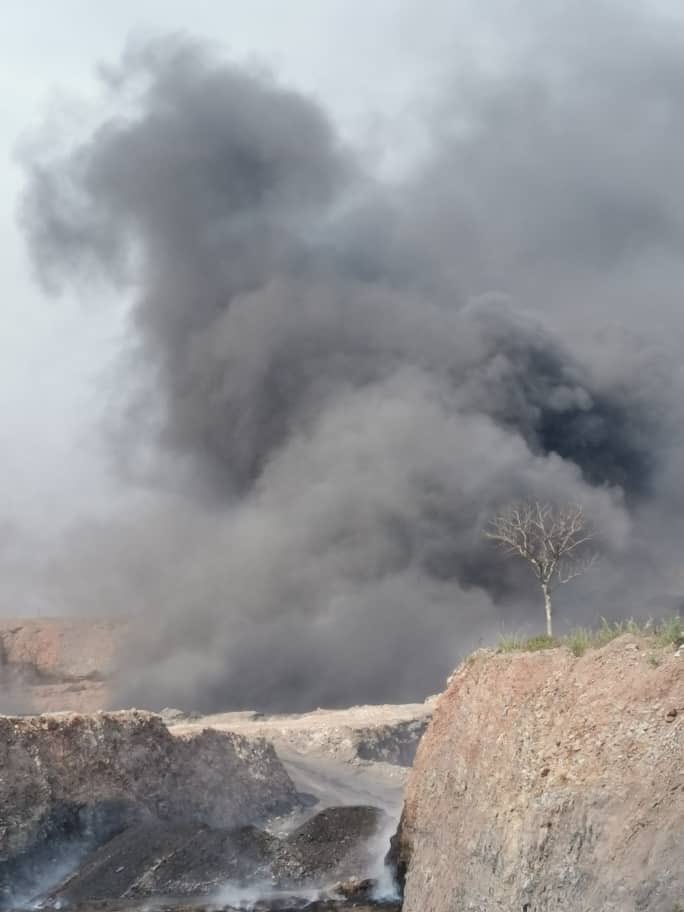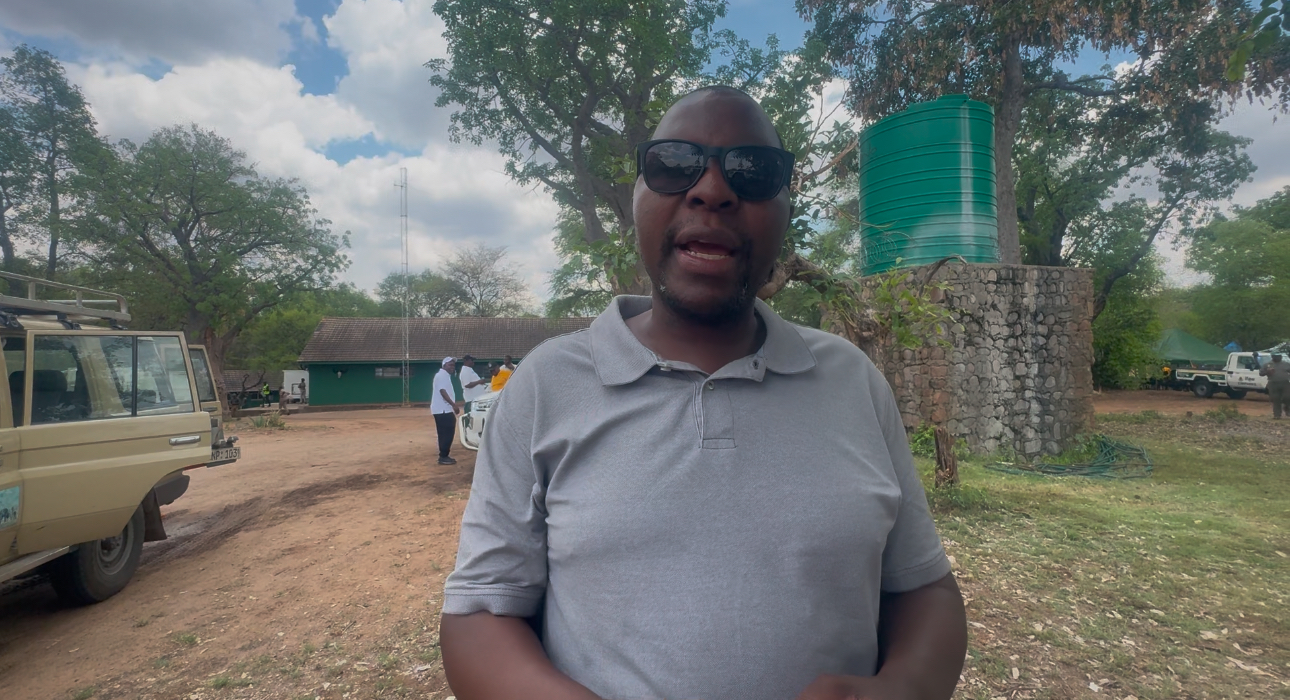BY JOHN TOWNLEY
Marvelous Nakmaba has quickly become the forgotten man in Aston Villa’s squad just nine months after being focal to Steven Gerrard’s bright start in Premier League management.
The Zimbabwean played back-to-back 90 minutes for the first time in over two years when he starred in Villa’s impressive wins over Brighton and Crystal Palace in Gerrard’s first two games in charge last year.
Playing a key role in Gerrard’s system, Nakamba stepped up and helped Villa escape a wretched five-match losing rut.
“For me it’s always about the collective, as a team, if we do well as a team then afterwards, personal (plaudits) as well,” the midfielder said after winning the man of the match award for his display in the 2-1 win at Selhurst Park. “It doesn’t matter like that to me, as long as the team does well, it’s more important for me.”
Nakamba started three more games under Gerrard: against Manchester City, Leicester City and Liverpool, before being handed a cruel injury blow at Anfield that would disrupt the best form he had shown in claret and blue since making the switch from Club Brugge in the summer of 2019.
He missed four months of action after recovering from knee surgery which is the longest injury absence of his career.
The 28-year-old said during his rehabilitation: “Injuries are frustrating at any time, but I’d just won the Player of the Month for the club and I was getting more game time.

Steven Gerrard and his new team came in and I’m grateful for the chance I got from them.
“I was enjoying the training and improving. Unfortunately, I got the injury and now I have to work hard on coming back stronger.”
Villa’s luck with injuries has not improved over the last month with new signing Diego Carlos ruled out for the majority of the season and Boubacar Kamara set to mis roughly two months of action after sustaining a knee injury of his own.
It could open the door for Nakamba to win his place back in Gerrard’s squad after being used sparingly since his return from injury back in April.
Nakamba has only been included in Villa’s match day squad for three of the club’s opening seven Premier League games, while he didn’t travel with the team to face Bolton Wanderers in the Carabao Cup.
With Kamara set to miss Villa’s next eight games before the World Cup, Gerrard could turn to Luiz to play a holding midfield role, while Nakamba offers defensive stability too.
Speaking on the impact of Nakamba in the early stages of his tenure, Gerrard said: “He’s been fantastic, he’s trained extremely well.
“ He’s been really open, his two performances have been outstanding. We were aware of Marvelous before we came in, but he’s somebody who has really stood up and jumped out, he’s basically said in the two weeks, ‘’I’m here, I want to contribute, I want to be available’.
“He’s still young, he can get better. He’s around the right people for that to happen, he’s in the right environment for that. We’re really pleased to have him.”
And Nakamba was indeed a key component in the opening games of the Gerrard era.
In the first two games against Brighton and Crystal Palace Nakamba recorded seven tackles, two blocks, two interceptions and a 92 per cent pass accuracy.
In those two fixtures, Villa limited their opponents to seven shots per game, a 0.65 expected goals (xG) value and twelve shot creating actions.
Following his injury, Nakamba’s absence was felt as Luiz was forced to operate in a deeper role to the number eight position that he can flourish in.
When he did return to fitness, Gerrard was delighted to have him back in contention to play games.
“[I am] extremely happy because when we came into this job, we had the right boost and bounce, and we found a bit of consistency in the team early on. Marv was a really big part of that,” Gerrard said.
“He’s still got a bit to go in terms of where he’s at physically. But the part he played in how we wanted the team to look, he’s been missed. We can’t get him up to speed quick enough.
“This week, we’ve pushed him and he’s had extra training. He’s an important player for us.
“So, when we get him back capable of 90 minutes at this level, I’m sure he’ll be a big help to the team.” – BirminghamLive



 Slider3 years ago
Slider3 years ago
 National4 years ago
National4 years ago
 Opinion3 years ago
Opinion3 years ago
 Tourism and Environment3 years ago
Tourism and Environment3 years ago
 National2 years ago
National2 years ago
 National3 years ago
National3 years ago
 National2 years ago
National2 years ago
 National4 years ago
National4 years ago








